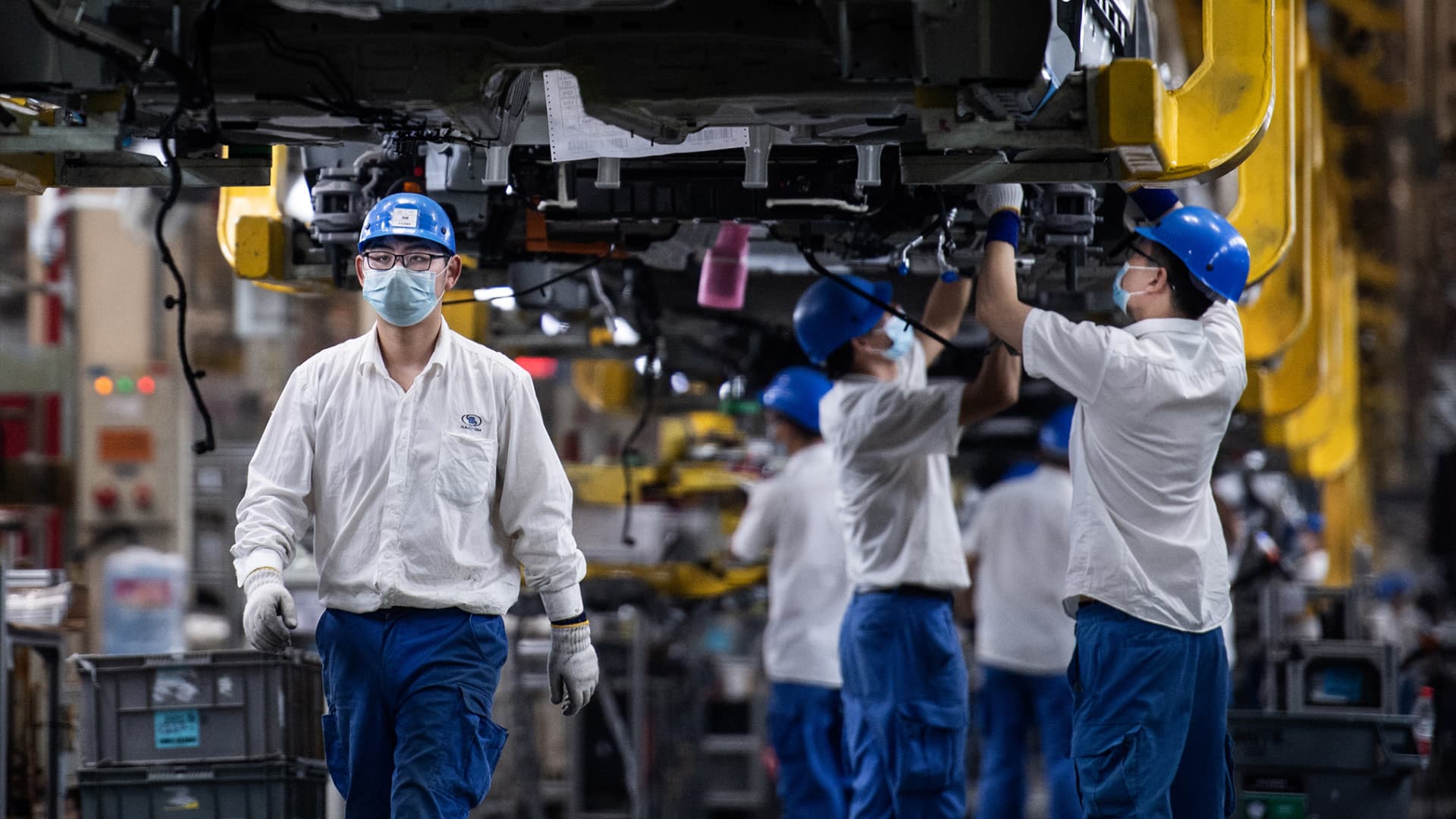How Trump’s Tariff Strategy Is Shaking Up the Auto Industry
The recent increase in tariffs imposed by the Trump administration is sending shockwaves through the automotive sector, particularly impacting Ford and GM. As billions of dollars in auto parts face price hikes, industry experts weigh in on the potential long-term consequences for American manufacturers and consumers. The implications of these tariffs extend far beyond immediate cost increases, influencing everything from manufacturing strategies to consumer prices and even the future direction of the industry itself.
The Tariff Landscape: An Overview
In 2018, the Trump administration initiated a series of tariffs on imports, citing national security concerns and aiming to protect American jobs. One of the most affected sectors has been the automotive industry, particularly for major players like Ford and General Motors (GM). These tariffs primarily target steel and aluminum imports, which are essential materials in vehicle manufacturing.
As a result, automakers have faced significant increases in production costs. The tariffs are not just a burden on manufacturers; they also trickle down to consumers, leading to higher prices for vehicles. Recent estimates suggest that the average price of a new car could rise by thousands of dollars due to these tariffs and their cascading effects on the supply chain.
Ford’s Response to Tariff Pressures
Ford has been one of the automakers most vocal about the impact of tariffs. In response to the increased costs of materials, Ford has had to rethink its pricing strategies and supply chain management. The company is investing in domestic manufacturing to mitigate the impact of tariffs, but this comes with its own set of challenges.
- Cost-Cutting Measures: Ford has implemented cost-cutting measures to offset rising material costs. This includes reducing workforce numbers and streamlining operations.
- Investments in Technology: The company is also investing heavily in technology and automation to improve efficiency and reduce reliance on imported parts.
- Shifting Production: Ford has considered shifting production to countries with lower tariffs, which could lead to job losses in the U.S.
Despite these adjustments, Ford’s leadership has expressed concerns about the long-term sustainability of its business model in light of ongoing tariff pressures. The company’s CEO has indicated that maintaining competitiveness in a global market is becoming increasingly difficult under the current tariff regime.
GM’s Strategic Adjustments
General Motors is also feeling the heat from these tariffs. GM’s approach has involved a combination of price adjustments and strategic planning to navigate the new economic landscape. The company has adopted several measures to address the challenges posed by tariffs:
- Raising Prices: GM has raised the prices of several models to compensate for the increased costs. This move, however, risks alienating price-sensitive consumers.
- Focus on Electric Vehicles: GM is aggressively pursuing electric vehicle (EV) technology, which may help reduce its reliance on traditional steel and aluminum components in the long run.
- Expanding Domestic Production: Like Ford, GM is also increasing its domestic production capabilities, acknowledging that a robust local supply chain can mitigate tariff impacts.
GM’s leadership has emphasized the importance of adapting to the new tariff environment. They are committed to ensuring that their vehicles remain affordable while also investing in the future of transportation through innovation.
Consumer Implications: A Double-Edged Sword
For consumers, the ramifications of Trump’s tariff strategy are significant. As manufacturers pass on the increased costs of production to buyers, car prices are expected to rise. This leads to several potential outcomes:
- Higher Vehicle Prices: The price of new vehicles has already begun to climb, making it more challenging for average consumers to afford new cars.
- Shift to Used Cars: As new car prices rise, consumers may opt for used vehicles, which could drive up prices in that market as well.
- Impact on Financing: Higher vehicle prices may lead to increased loan amounts and longer financing terms, putting more financial strain on consumers.
Additionally, the increased cost of vehicles may deter some buyers from purchasing altogether, potentially leading to a decline in overall sales across the industry. This can create a ripple effect, affecting everything from dealership profits to the broader economy.
Long-Term Consequences for the Auto Industry
The long-term consequences of Trump’s tariff strategy on the auto industry remain to be seen. There are several potential scenarios that could unfold:
- Increased Domestic Manufacturing: If tariffs persist, automakers may continue to invest in U.S. manufacturing, potentially leading to job creation in the sector.
- Global Supply Chain Reconfigurations: Companies might rethink their global supply chains, seeking to minimize the impact of tariffs by sourcing materials and parts from more favorable trade partners.
- Innovation and Competitiveness: The need to adapt to a challenging environment could spur innovation, pushing automakers to invest in new technologies and greener vehicles, ultimately benefiting consumers in the long run.
However, these potential benefits come with significant risks, including the possibility of trade wars escalating further, which could destabilize the industry and lead to job losses rather than growth.
Conclusion: Navigating a New Landscape
As Trump’s tariff strategy continues to shake up the auto industry, Ford and GM are in a race against time to adapt to the changing environment. While both companies are implementing strategies to mitigate the impact of tariffs, the road ahead is fraught with challenges. The ultimate success of these strategies will depend on various factors, including consumer response to rising prices, the geopolitical landscape, and the companies’ ability to innovate.
In the end, the auto industry is at a pivotal moment. The decisions made today will shape its future trajectory, impacting not just manufacturers and consumers, but the broader economy as well. The resilience of American automakers will be tested, but with strategic planning and innovation, they can navigate this tumultuous landscape.
See more CCTV News Daily


